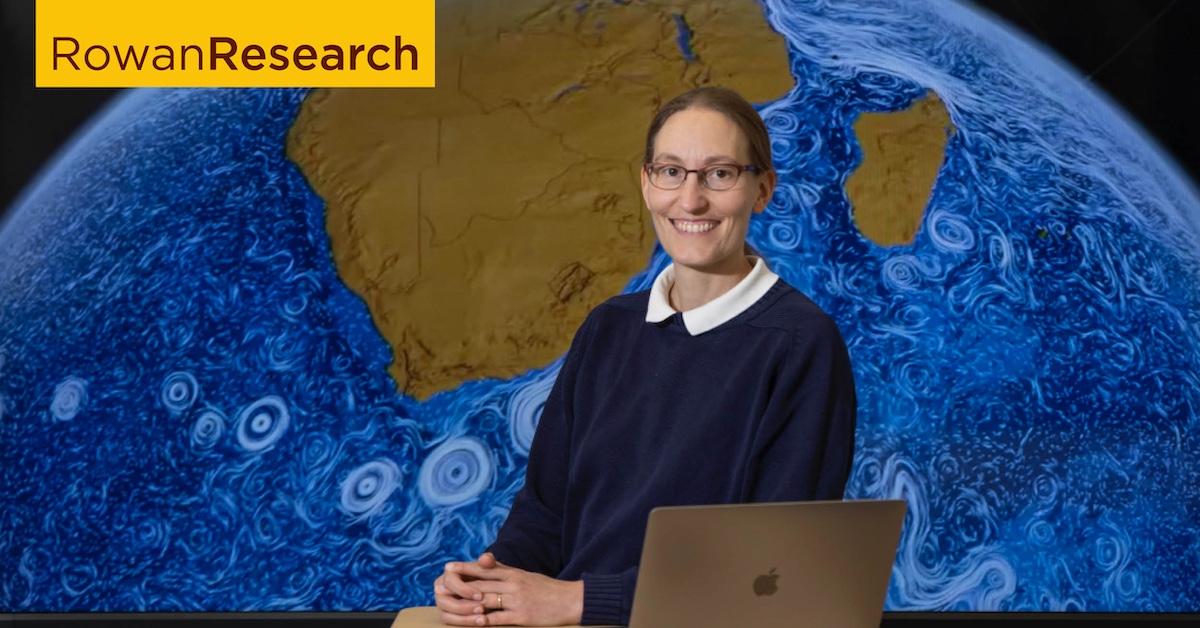Using math to understand currents
Using math to understand currents

Helga Huntley, Ph.D.
Mathematician
Areas of expertise:Geophysical fluid dynamics; transport and dispersion analysis
More informationHelga Huntley collaborates with biologists, oceanographers and other scientists to use mathematics to measure and better understand dynamic natural environments, like the ocean.
An applied mathematician and assistant professor in the College of Science & Mathematics, Huntley says she fell in love with mathematics “because it’s so cool that you can always precisely know everything. Either it is true or it’s not true and you can prove it or disprove it. You can construct new insights from basic assumptions.”
While in graduate school at New York University, Huntley took a course in oceanography and atmospheric science and learned to appreciate the messier side of applied mathematics, along with the powerful tools to limit errors in approximations. Inspired by the possibility that math could “simplify something as complex as the ocean enough to make sense of it,” Huntley found her purpose.
Huntley’s research focuses on transport patterns in ocean flows. Her most recent study tracks dispersion in the western Mediterranean Sea.
By collecting data on the movements of a grid of small buoys, called drifters, Huntley can look for consistencies or anomalies in the currents. She and a Rowan undergraduate student identified multiple “flow regimes” with different characteristics in the same body of water.
In this case, Huntley says, the more scientists know about the state of the current, the more they can also evaluate how temperature and food sources, like chlorophyll and zooplankton, influence where larger animals congregate.
Huntley has applied her expertise over a range of projects, including work with the Gulf of Mexico Research Initiative after the Deepwater Horizon oil spill in the Gulf of Mexico in 2010. By determining not only how the initial leak behaves in the water, but where oil settles and travels next, scientists can develop better cleanup protocols and preparation for future spills.
With funding from the National Oceanic and Atmospheric Administration’s National Sea Grant College Program, Huntley has also collaborated with colleagues at the University of Delaware to study how microplastic pollution travels and pools in the Delaware Bay, an estuary of the Delaware River.
With several projects on the horizon, Huntley is enthusiastic about what’s to come. She says:
“As mathematicians, we can get insight into what our real world looks like—what’s actually happening and the dots we need to connect.”
Rowan University researchers are passionate about what they do. Find more at Meet Our Researchers.